What makes Sehwan the place it is?: From ‘throne of light’ to a cosmopolitan reflecting parliamentary politics
Omar Kasmani looks at how the place has undergone transformations over the years.
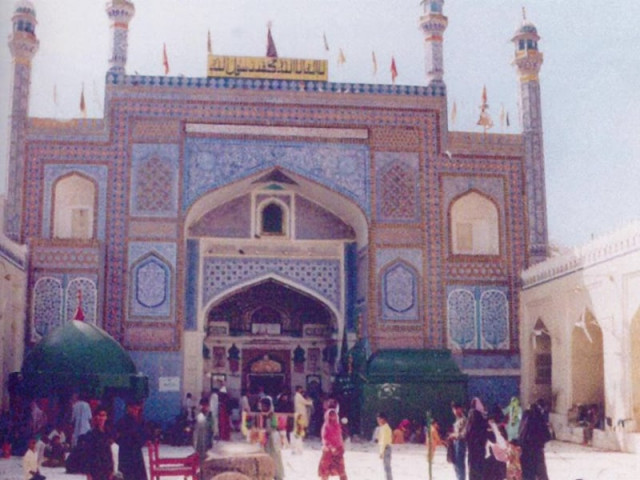
Anthropologist Omar Kasmani showcased his impression of how the city would have grown over the years since Qalandar’s arrival in 1273. A more more indigenous looking Sehwan. PHOTOS COURTESY: OMAR KASMANI
The view was expressed by anthropologist-cum-artist Omar Kasmani at his talk on Thursday at The Second Floor (T2F) cafe. Modestly admitting that his one-year anthropological study would be just one construction of reality among many others, Kasmani talked about his ethnographic study on the fakirs of district Jamshoro’s Sehwan Sharif — the city that stands 280 kilometres away from Karachi, almost a three-hour drive.
Through the years
Before the conquest of Muhammad Bin Qasim, the city was ‘Shivistan’, the kingdom of Raja Dahir, now this city is better known as the place where its Sufi patron, Sayyid Uthman Marwandi — popularly known as Hazrat Lal Shahbaz Qalandar — resided in the 13th century. As Sindh happened to be the frontier post for every empire, it was the safest for those who wanted a sanctuary.

Anthropologist Omar Kasmani showcased his impression of how the city would have grown over the years since Qalandar’s arrival in 1273. A little less Sindhi.
“Looking through the archives of Sindhi magazines, I have learnt that it was not till the 1960s that Sehwan was finally talked about,” Kasmani claimed. “I believe it has much to do with the fact that in 1960s the Ministry of Auqaf was founded when the saintly sites became the subject of the government.” The shrines of those saints who did not have progeny were taken over by the government, he explained.
When Zulfikar Ali Bhutto became the prime minister he focused on developing Sehwan, Kasmani pointed out, claiming that Bhutto was one of the mureeds of the sajjadah nashins, the guardians of the site. This was also when the Shah of Iran was influenced to donate a golden gate to the mausoleum. In the 1980s, the city grew from being the second largest necropolis in Sindh to one with improved roads and better railway networks, which allowed people from across Pakistan to gather here.

In the 1990s, the ‘New Mausoleum’ was modelled on Iranian architecture. “It affected what the city later became,” Kasmani pointed out.
The architecture of the mausoleum has also gone through several transformations - from a Sindhi, blue tiled tomb, apparently from the Talpur era, to a more Iranian-looking structure, he said.
Fakirs of Sehwan
Kasmani’s thesis centres on the fakirs of Sehwan, who have come to define the place in numerous ways merely through their presence in the city. The place also exists in the mind of its readers, he said. By readers, he means the people who read about the shrine through what others have written.

Anthropologist Omar Kasmani showcased his impression of how the city would have grown over the years since Qalandar’s arrival in 1273. The latest, which looks very Iranian.
As he went on to explain the geography of the area, he said the place is not static. It is continuously transforming and redefining itself over and over again. This transformation takes place through the people who have associated themselves with the fakirs.
“It is the realm of extraordinary,” he said, adding that the place for him stands quite alienated from what Pakistan looks like. “Throughout the years since 2009, whenever I go there I feel as if I have entered a different place, which is isolated from the world yet very connected and affected by it.”
There are several kinds of fakirs - independent females, transgender and hereditary custodian males among others. He kept on revering the 105-year-old necropolis-dwelling female fakir, whose transcendental tales, shown in a video, gave the people in the session chills.
Published in The Express Tribune, December 14th, 2013.
Correction: An earlier version of this article stated that a mausoleum had an Arab-looking structure instead of Iranian-looking. The error is regretted.


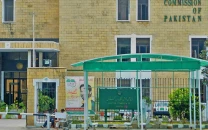
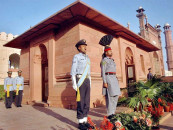
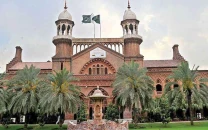
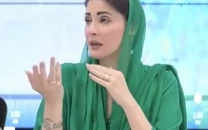
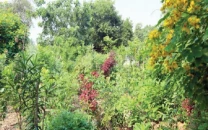












COMMENTS
Comments are moderated and generally will be posted if they are on-topic and not abusive.
For more information, please see our Comments FAQ